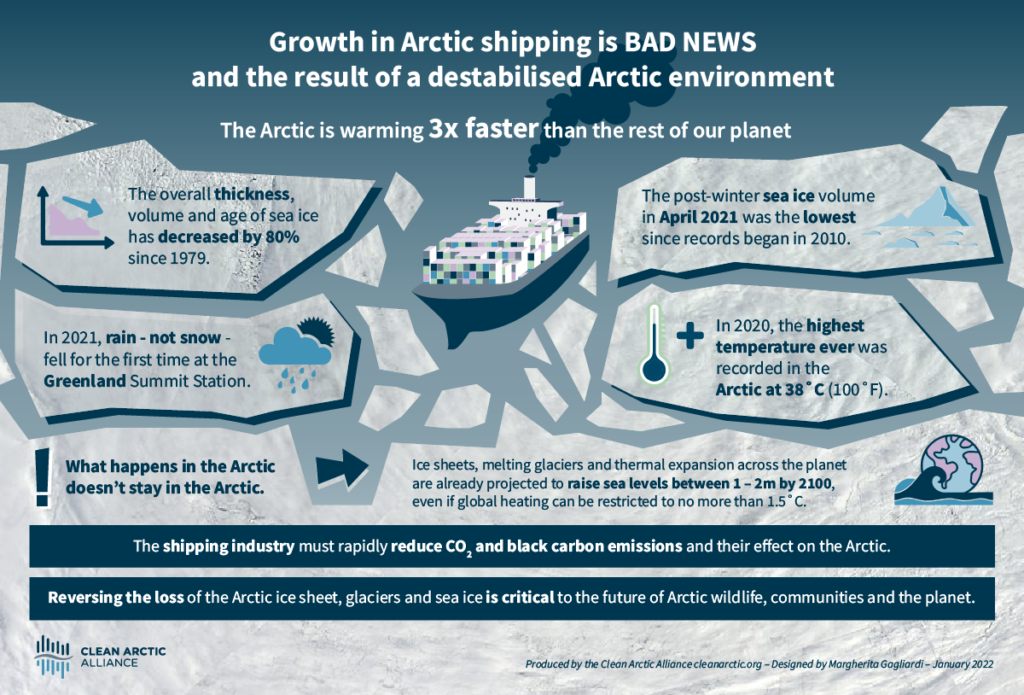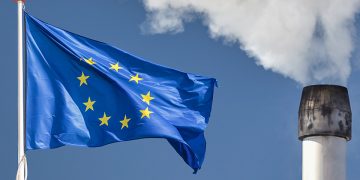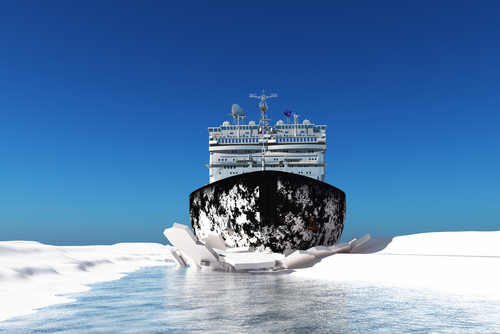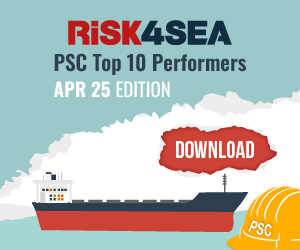Recently, Russia has been actively engaged in identifying other pathways to circumvent its reliance on the Black Sea and evade the impact of sanctions. Consequently, Russia is increasingly shifting its focus towards the use of the Northern Sea Route (NSR).
Alternative approaches
In addition to previous Russian endeavours in exploring an Eastern Maritime Corridor (EMC) between Vladivostok and Chennai and signing a contract aimed at bolstering cargo transportation between China and Russia, two more Russian companies, namely Gazprom Neft and Rosatom, have made their move by agreeing to jointly implement the Euro-Asian Container Transit (EACT) project.
The EACT project aims to create the first regular container line for transit cargo transportation between Eurasia’s eastern and western parts via the Northern Sea Route. The agreement was signed at the Eastern Economic Forum, allowing Rosatom and Gazprom Neft to study conditions for bunkering the EACT fleet with low carbon fuel, including liquefied natural gas. However, environmental concerns remain.
Environmental nightmare
The reduction in sea ice cover is a direct consequence of climate change, making the NSR more accessible for longer periods each year. This reduction in ice has both positive and negative environmental impacts. While it allows for increased navigation, it also disrupts the delicate Arctic ecosystem and exacerbates global climate change.
Climate NGO Clean Arctic Alliance has advocated strongly against the route. As explained by Clean Arctic Alliance’s Lead Advisor, Dr Sian Prior, greenhouse gas and black carbon emissions from ships operating in the Arctic contribute to the warming of the Arctic – currently four times faster than elsewhere on Earth – and as the Arctic warms, this will have significant repercussions further south. Furthermore, increased shipping through poorly charted waters is a recipe for an environmental disaster such as an oil spill.
If year-round transiting through the Northern Sea Route appears an attractive proposition due to loss of Arctic Sea ice caused by climate warming, then think again – burning yet more fossil fuels in the region will exacerbate climate impacts.
… had stated Dr Sian Prior

On the positive side, the International Maritime Organization (IMO) is looking at ways to reduce emissions in the Arctic. Namely, the IMO Sub-Committee on Pollution Prevention and Response (PPR 10) discussed about measures to reduce the impact on the Arctic of black carbon emissions.





























































